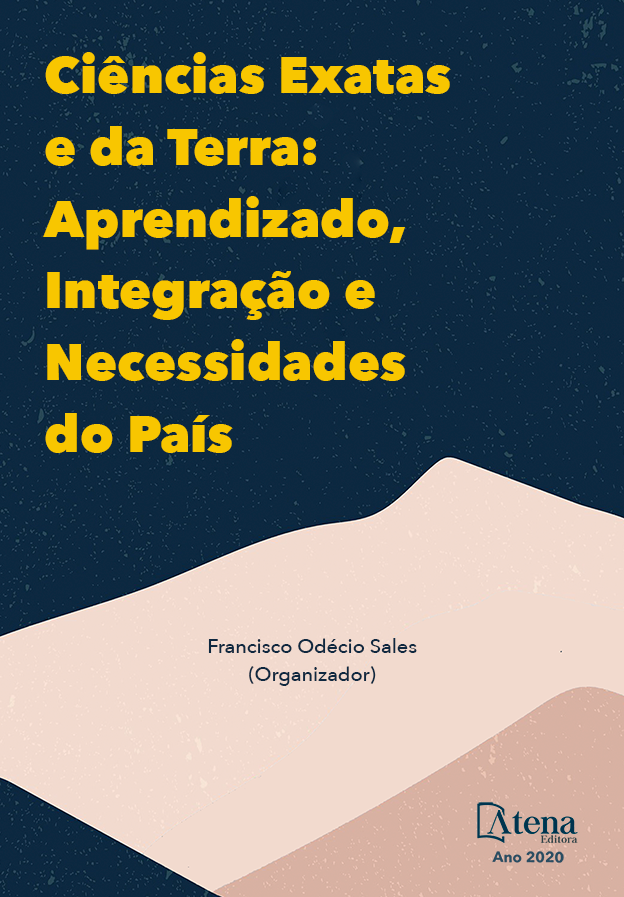
APLICAÇÃO DO NDVI NO MONITORAMENTO DO USO DA TERRA NA BACIA DO RIO TAMANDUÁ – PR, UTILIZANDO IMAGENS SENTINEL-2, 2016-2018.
O crescimento das áreas urbanas ocasiona também o aumento do uso dos recursos hídricos. No caso de Foz do Iguaçu, o Rio Tamanduá é um dos principais afluentes que abastecem a cidade, desta maneira o estudo de sua bacia hidrográfica e a divulgações destes dados é de vital importância no auxílio do planejamento ambiental e urbano. Neste trabalho fez-se a análise da vegetação existente ao longo da bacia usando o cálculo de NDVI e gerou-se mapas de uso das terras em que foi possível observar que não ocorreu alterações significativas nos tipos de vegetação encontrada no período analisado, porém, houve um crescimento de 49,89 % da área urbana entre os anos de 2016 e 2018.
APLICAÇÃO DO NDVI NO MONITORAMENTO DO USO DA TERRA NA BACIA DO RIO TAMANDUÁ – PR, UTILIZANDO IMAGENS SENTINEL-2, 2016-2018.
-
DOI: 10.22533/at.ed.0272017125
-
Palavras-chave: sensoriamento remoto, vegetação, uso das terras, Foz do Iguaçu.
-
Keywords: remote sensing, vegetation, land use, Foz do Iguaçu
-
Abstract:
The growth of urban areas causes increased use of water resources. In Foz do Iguaçu's case, the Tamanduá river is one of the main tributaries that supply the city, thus the study of its hydrographic basin and the dissemination of these data is of vital importance in aiding environmental and urban planning. In this work, the analysis of the existing vegetation along the basin was made using the NDVI calculation and land use maps were generated, in which it was possible to observe that there were no significant changes in the types of vegetation found in the analyzed period, however, there was a growth of 49.89% of the urban area between the years 2016 and 2018.
-
Número de páginas: 9
- Mara Rubia Silva
- Gabriel Lucas dos Santos de Oliveira
- Vinícius Fernandes de Oliveira


